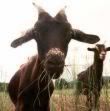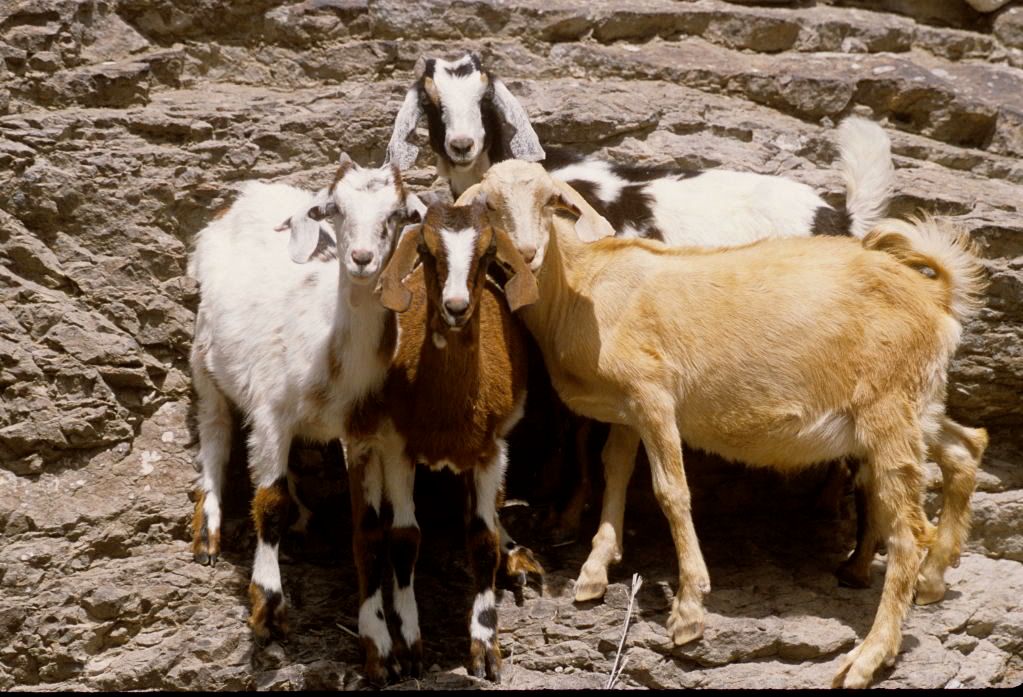Originally posted by Paula
As long as the ranch population lives on up there the goats will not destroy the sierra. As Elizabeth says, the herds are not large, and for 200
years or so the people, livestock, and flora have co-existed in a healthy and balanced situation. But take away the goats, and the life that is lived
there now will cease to be. Generations of ranchers have worked to build tillable soil where once there was none in order to grow fruit trees and
vegetable gardens. The women grow beautiful colorful flowers on the ranches, and herbs for teas cooking, and remedies. They care for the land
because their lives literally depend on it.
In the winters of 2007 and 2008, the desert along the road up was green, blooming and just plain amazing. And if you ride back in beyond the end of
the road, from ranch to ranch, you will find that it seems to go on forever. It is clean. There is no garbage, and the air is clear, even on a windy
day. In years when the rainfall is scarce the colors fade, and the plants look small and dry, but they miraculously spring back to life when water
comes. There aren't many places like the Sierra de San Francisco, and the unique ranch culture is a large part of what makes it special.
|

























